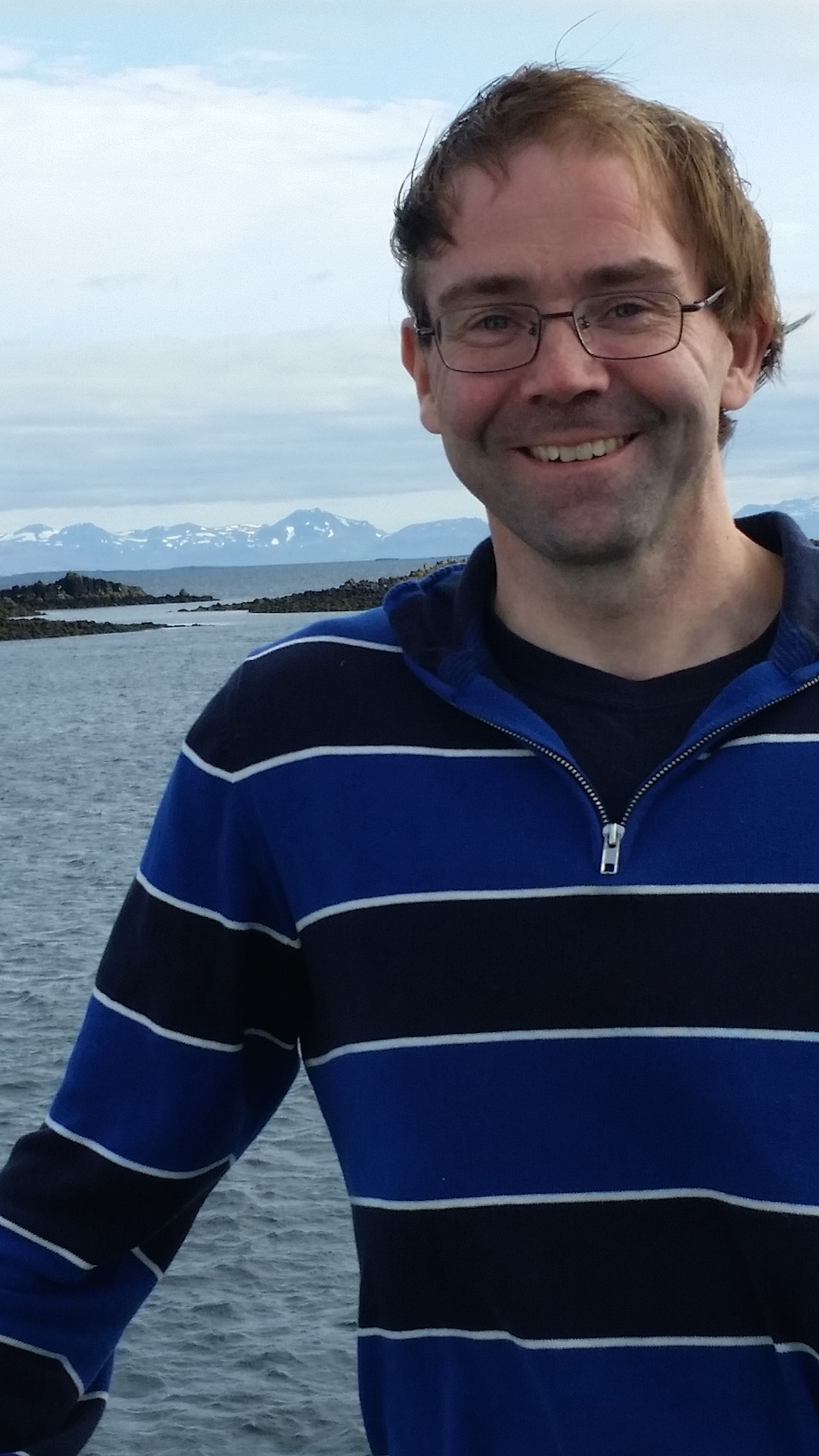
Current Research Program:
I work on mathematical models in molecular and cellular systems. I also work on competition of organisms in ecological systems. My main focus is on studying cell signaling and cell movements, and how these processes combined with cell mobility and adhesion, lead to the formation of a fully formed organism. I am also working on models studying resource competition in marine systems, under limited nutrients conditions.
Cell movements in Multicellular Systems.
We have designed a 3-D model of cell movements in multicellular aggregates that allows us to visualize the interactions and trajectories of all the cells. This model allows us to study the effect that cell adhesion and cell-cell signaling has on the movement and the sorting out of different cell-types. The model system we have been focusing on is the cellular slime mold Dictyostelium discoideum, and we have used the model to study cell movement during both the aggregation and slug stage of its lifecycle. Other potential projects are to use the model to study wound healing, somitogenesis in Zebrafish and gastrulation.
Flow of Nitrogen, Phosphorus and Carbon between various Phyla in marine systems.
We have written a model that lets us study how the stoichiometry of various organisms in the system, combined with the availability of nutrients affects the loss and accumulation of organically available N and P. This model has a number of species each grouped into 5 major classes: Nitrogen fixing micro-organisms, Photosynthesizing plankton, Zooplankton, Decomposers and Denitrifying micro-organisms. Each species has an ideal stoichiometry which can be flexible. We would like to use this model to study how a complete system evolved which could explain the observed Redfield ratios (fixed ratio on N and P in the deep oceans regardless of concentration). Smaller projects include studying how stoichiometry affects competition in environments with varying nutrients.
Positions Available. I am looking for graduate students interested in the projects described above or related projects. If interested please email me with a brief resume and summary of research interests. I would appreciate hearing any ideas you might have for projects.
|